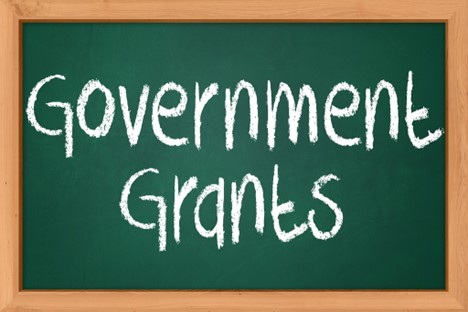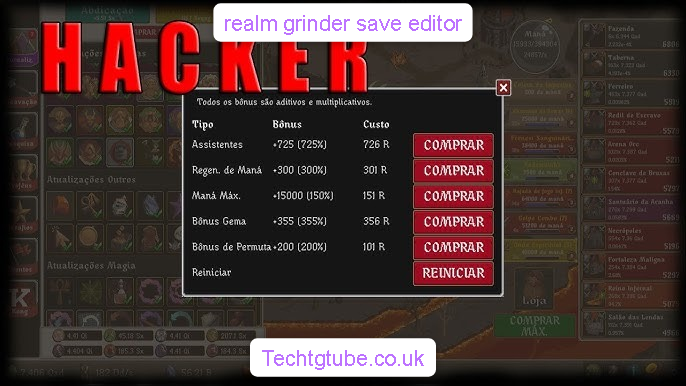Nonprofit organizations primarily rely on grants and donations for the operation, management and sustainability. To apply for the grant there are several rules and guidelines to follow for successful funding assistance. That means it includes researching grant opportunities, preparing all documents, writing proposals and adhering to the guidelines. Understanding the application process and being thorough in each step can greatly increase the chances of securing much-needed financial assistance.
Types of Government Grants for Nonprofits
There are several types of government grants for nonprofits and understanding them can help you navigate through the process easily.
- Project Grants: These grants fund specific projects or initiatives that align with the funder’s priorities.
- Operating Grants: These grants provide funding for general organizational expenses like salaries, rent, and utilities.
- Capacity-Building Grants: It is for organizations to improve infrastructure or increase efficiency.
- Research Grants: Research grants support initiatives aimed at advancing knowledge in specific fields, such as public health, education, or social science.
- Matching Grants: Matching grants are awarded when a nonprofit secures a certain amount of funding from other sources, often from individual donors, foundations, or corporate sponsors.
Step-by-Step Guide to Apply for a Grant
Research Available Grant Opportunities
The first step in applying for a government grant is researching opportunities. Start by exploring official government platforms for grants that has the list of current funding opportunities. These platforms allow nonprofits to filter grants by category, funding amount, and deadlines.
It’s essential to align grant opportunities with your nonprofit’s mission and programs. Read through each opportunity carefully to assess eligibility requirements. Some grants are targeted toward specific sectors like education, healthcare, or environmental sustainability, while others are broader in scope. Ensure that the grant aligns with your organization’s goals before proceeding.
Assess Eligibility Criteria

Each government grant comes with specific eligibility criteria. Nonprofits must ensure they meet these criteria to apply successfully. Common eligibility factors include:
- Nonprofit Status: Your organization must generally be a registered 501(c)(3) nonprofit to apply for government grants.
- Geographical Scope: Some grants are designated for organizations serving specific regions, while others may be national.
- Purpose and Focus: Ensure the grant aligns with your nonprofit’s goals. Some grants target specific sectors like education, public health, or community development.
- Financial Requirements: Many grants require your nonprofit to have a stable financial history. Be prepared with your financial documents, including IRS tax returns, audits, and recent income statements.
Prepare Required Documents
Once you’ve found the appropriate grants, the next step is preparing all required documents. This will help you streamline the process. The documents can include your nonprofit’s tax-exempt status, financial statements, and any required project-related documentation. You will need to clearly define the project’s goals, objectives, timeline, and budget. Additionally, a detailed evaluation plan showing how the project’s success will be measured. It’s also important to highlight the sustainability of the project. All documents should be accurate, complete, and well-organized before submission.
Write a Compelling Grant Proposal

Grant proposal is a crucial step for nonprofits to showcase why they deserve the funding. It must include your objectives, goals, strategies and budget reports. A clear and concise proposal will include the following:
- Executive Summary: give a brief account of your organization and the project you are seeking funds for. Just give a brief summary to catch your funders’ attention and give them a clear overview of your proposal in just a few paragraphs.
- Need Statement: Here you have to explain the problem or need your project aims to be solved. Use relevant data, research, and statistics to back up your claims.
- Project Goals and Objectives: Outline your specific, measurable, achievable, relevant, and time-bound (SMART) goals. It is always recommended to set realistic expectations and tangible objectives.
- Project Implementation Plan: Describe how the project will be implemented, including timelines, resources, and staffing. You can include a timeline or milestones to further enhance your proposal.
- Evaluation Plan: In this section describes how you will measure your project’s success, you can also set benchmark for your project’s evaluation.
Follow Application Guidelines Carefully
Each grant comes with a set of specific application guidelines. Pay close attention to the instructions provided, as failure to follow these guidelines can result in your application being disqualified. Key areas to review include:
- Formatting: Ensure your application meets the required formatting standards, including page length, font size, and document structure.
- Submission Method: Some grants require online submission, while others require physical copies to be mailed. Follow the specified submission instructions carefully.
- Deadlines: Government grants have strict application deadlines. Submit your application well in advance to avoid any last-minute issues.
Submit the Application

After reviewing your application for completeness and accuracy, it’s time to submit it. Double-check that all required documents are included and ensure that your application follows the formatting guidelines. Submit the application according to the instructions provided in the grant guidelines. For online submissions, you may need to create an account or use a specific portal to upload your application and documents.
Follow Up on Your Application
After submitting your grant application, the waiting period begins. While waiting for a decision, it’s important to stay engaged and follow up as needed. Some grant agencies may request additional information or clarification. Follow up with the funding agency to confirm that your application has been received and inquire about the timeline for decisions.
Some grants may require periodic updates during the application review process, so be sure to stay proactive and responsive. After you get the confirmation for your funding ensure that all your expenditure and objectives align with the rules and regulations in the grant. Periodical check will help you maintain your financial budgeting and proper planning for the future.
Conclusion
Government grants can be tricky if you don’t understand how to apply for them. By understanding the process and following the guidelines your nonprofit can effectively utilize the grants. Each of the processes should be meticulously crafted to create a compelling grant proposal that will set your project in the spotlight. With persistence and a well-structured proposal, your nonprofit can gain the necessary financial support to make a lasting impact in the community.











